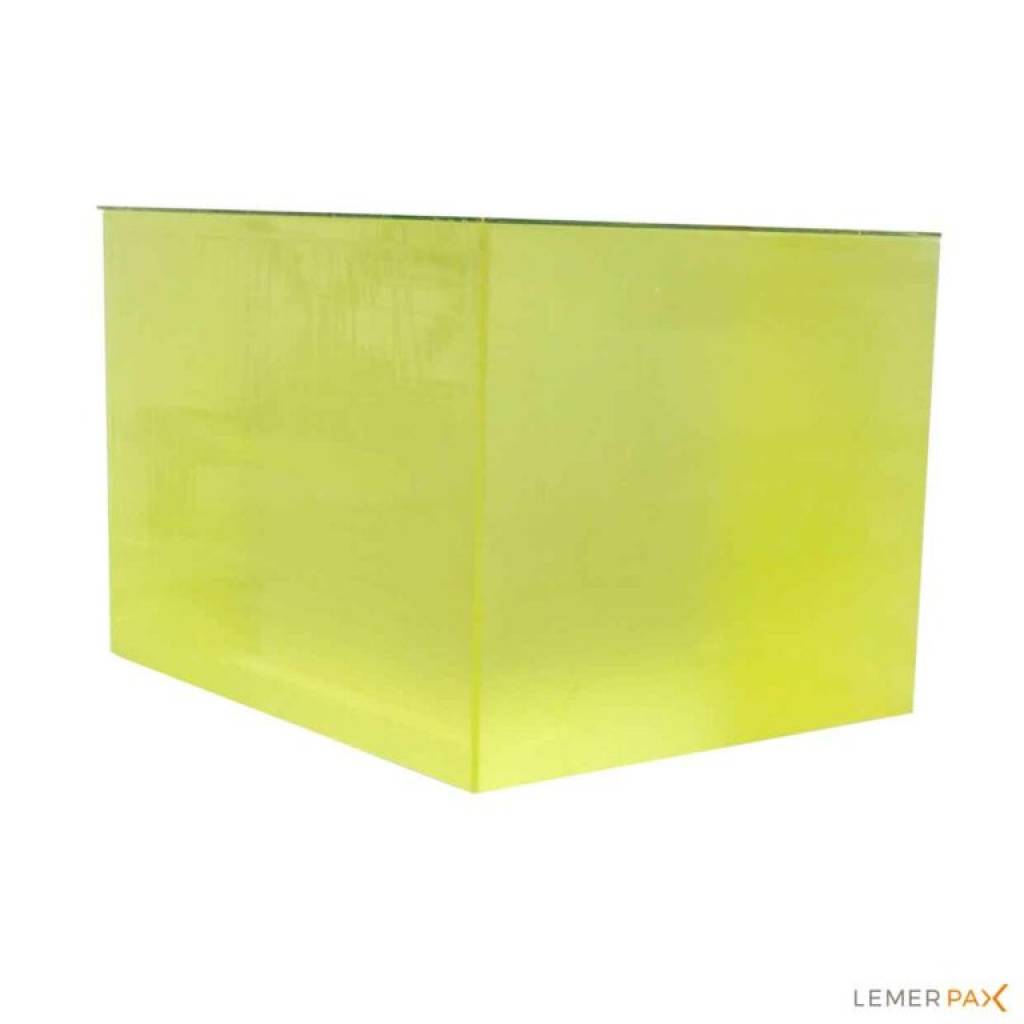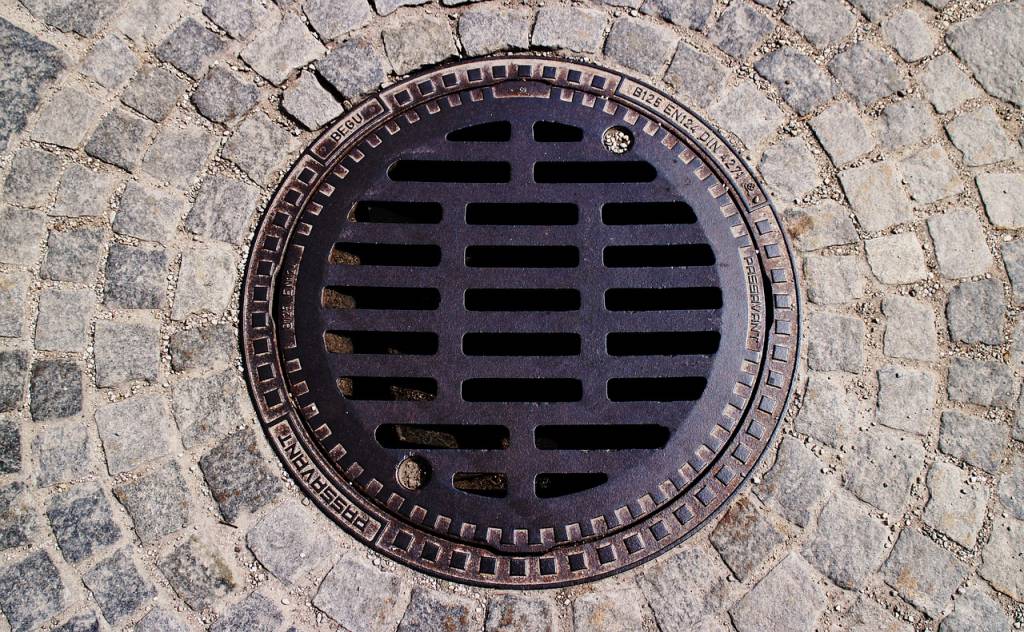Understanding Radiation Shielding Glass
Radiation shielding glass is a crucial component in environments where protection against ionizing radiation is required. This specialized glass is used in medical settings, nuclear facilities, and industrial environments to safeguard individuals from harmful radiation exposure. Unlike standard glass, radiation shielding glass contains lead and other heavy elements that help absorb and block radiation.
To fully grasp how radiation shielding glass functions, it’s important to understand the nature of radiation and the fundamental principles of radiation protection. The glass is designed to absorb and reduce the intensity of ionizing radiation, such as X-rays and gamma rays, while maintaining transparency for visibility and safety.
The Science Behind Radiation Protection
Radiation comes in different forms, including electromagnetic waves (such as X-rays and gamma rays) and particle radiation (such as alpha and beta particles). Ionizing radiation has enough energy to remove tightly bound electrons from atoms, potentially causing damage to living tissues.
There are three main principles for radiation protection:
- Time: Reducing the time of exposure to radiation decreases the risk of harmful effects.
- Distance: Increasing the distance from a radiation source reduces exposure levels.
- Shielding: Using materials designed to absorb or block radiation protects individuals from exposure.
Radiation shielding glass falls under the third principle—shielding. It acts as a barrier that absorbs and attenuates radiation, preventing it from passing through and reaching areas where exposure could be harmful.
Composition of Radiation Shielding Glass
Unlike standard glass, radiation shielding glass incorporates lead oxide (PbO) and other heavy metal oxides. The presence of lead significantly increases the density of the glass, enhancing its ability to absorb X-rays and gamma radiation. The composition typically consists of:
- High percentages of lead oxide (ranging from 30% to over 60% depending on the application).
- Silica, boron, and other oxides that contribute to the structural integrity of the glass.
Lead increases the atomic number of the material, improving its attenuation properties. The thickness and lead content of the glass determine its ability to shield against different energy levels of radiation. Thicker glass with higher lead content is more effective at blocking higher-intensity radiation.
How Radiation Shielding Glass Works
Radiation shielding glass operates on the principle of attenuation, which involves reducing the intensity of radiation as it passes through a material. When X-rays or gamma rays strike the shielding glass, several interactions occur:
- Photoelectric Absorption: Low-energy photons interact with atoms in the glass, transferring their energy and being absorbed.
- Compton Scattering: Higher-energy photons collide with electrons in the glass, losing some energy and changing direction.
- Pair Production: In very high-energy situations, photons can transform into an electron and a positron within the shielding material.
By reducing the intensity of radiation through these interactions, radiation shielding glass minimizes the risk of harmful exposure to individuals working in high-radiation environments.
Applications of Radiation Shielding Glass
Radiation shielding glass is used in various industries where protection from X-rays and gamma rays is required. Some of the most common applications include:
- Medical Facilities: Hospitals and clinics use radiation shielding glass in X-ray rooms, CT scan rooms, and radiation therapy rooms to protect both patients and medical professionals.
- Nuclear Industry: Nuclear reactors and research facilities require lead glass panels to provide safety while allowing visibility into reactor chambers.
- Industrial Settings: Certain manufacturing processes involving radioactive materials use shielding glass to protect workers from radiation exposure.
- Security and Defense: Radiation detection and security screening equipment, such as baggage scanners at airports, incorporate shielding glass.
Choosing the Right Radiation Shielding Glass
When selecting radiation shielding glass, several factors must be considered:
- Radiation Energy Levels: The type and level of radiation determine the required thickness and lead content of the glass.
- Optical Clarity: Visibility is essential, especially in environments such as medical imaging rooms.
- Size and Weight: Thicker shielding glass provides better protection but may be heavier and require special installation considerations.
- Durability: Shielding glass should resist scratches, impacts, and environmental factors to maintain effectiveness over time.
Consulting with experts in radiation shielding solutions ensures that the appropriate glass type is used for specific applications. High-quality radiation glass is designed to meet the necessary safety standards while providing clear visibility.
Maintenance and Care for Shielding Glass
Proper maintenance extends the lifespan and effectiveness of radiation shielding glass. Some key maintenance practices include:
- Regular Cleaning: Use non-abrasive cleaners to remove dust and debris.
- Avoiding Scratches: Scratches can compromise transparency and reduce shielding effectiveness.
- Periodic Inspections: Checking for cracks or defects ensures ongoing safety.
Radiation shielding glass plays a vital role in protecting individuals from harmful exposure while maintaining visibility in critical areas. With advancements in technology, modern shielding materials continue to improve, offering enhanced safety features for various industries.


